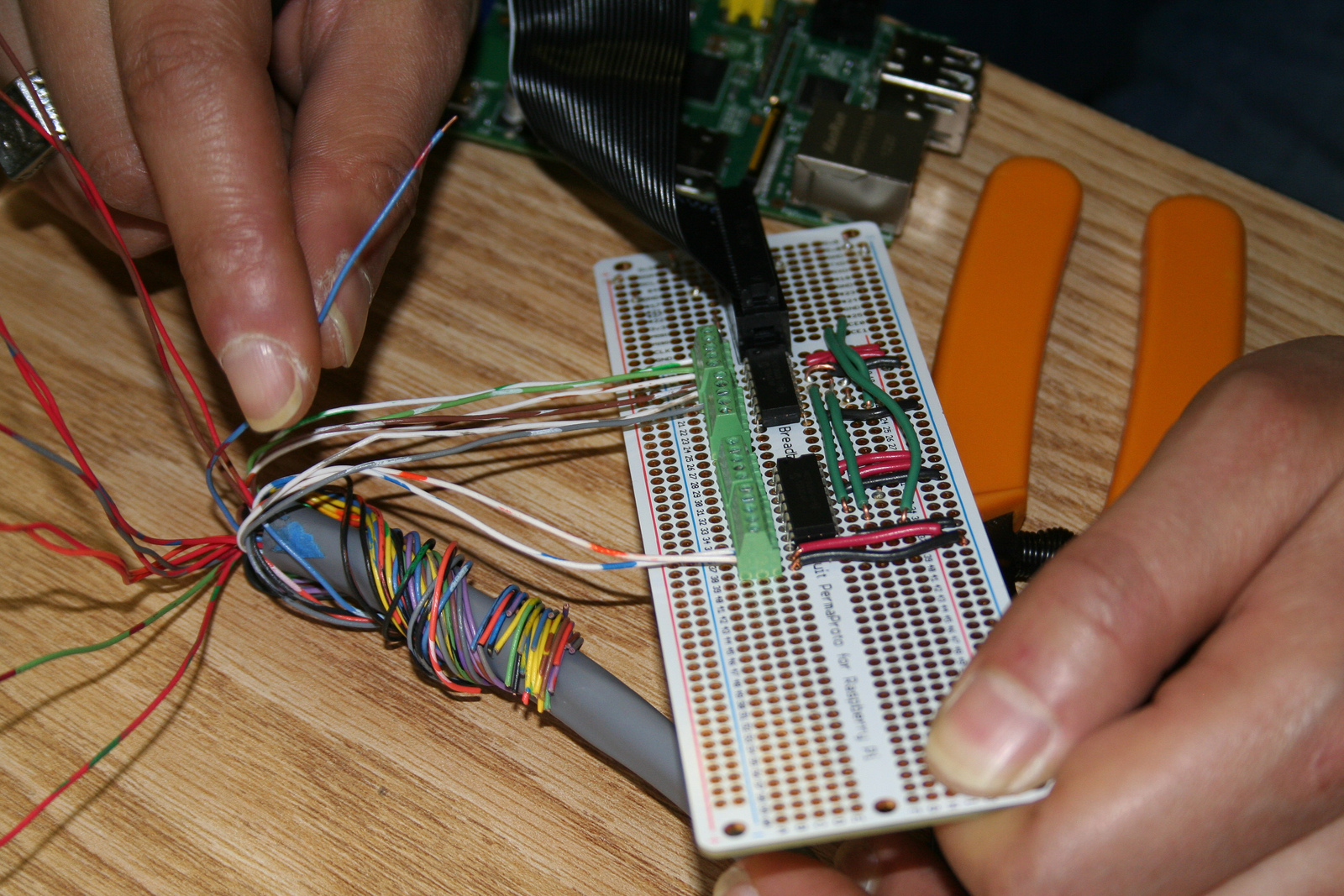
In 2013 my partner Daniel and I were teaching at The Hacktory, a Philadelphia makerspace, mostly about circuits. A friend approached us about teaming up with an elementary science teacher for a unit on datalogging in (cardboard) houses, since Daniel's former job involved datalogging in (real) houses. The students were learning about solar gain and heat transfer, and each group made modifications to their house to improve its comfort: sealing the window, adding black paper or aluminum foil to the exterior, increasing the thermal mass with a cup of water, etc. Then the houses went out on the roof for a week, each wired up with a temperature sensor running back to a Raspberry Pi located in the classroom, sending data every 10 minutes to an online feed. We used that data to teach a lesson on interpreting graphs, making connections to their house modifications, the weather, and other experiments they'd done with lamps and handheld thermometers. You can find the full technical details at Daniel's site.
My contribution to this project was primarily soldering and assembling the circuitry, as my Python skills were rudimentary back then. Working with the students was very interesting, they noticed more about the graphs than I expected and were really enthusiastic about the lesson. Preparing and presenting our poster at OHS 2013 was also a wonderful experience, I hadn't engaged much with the open hardware community before that.